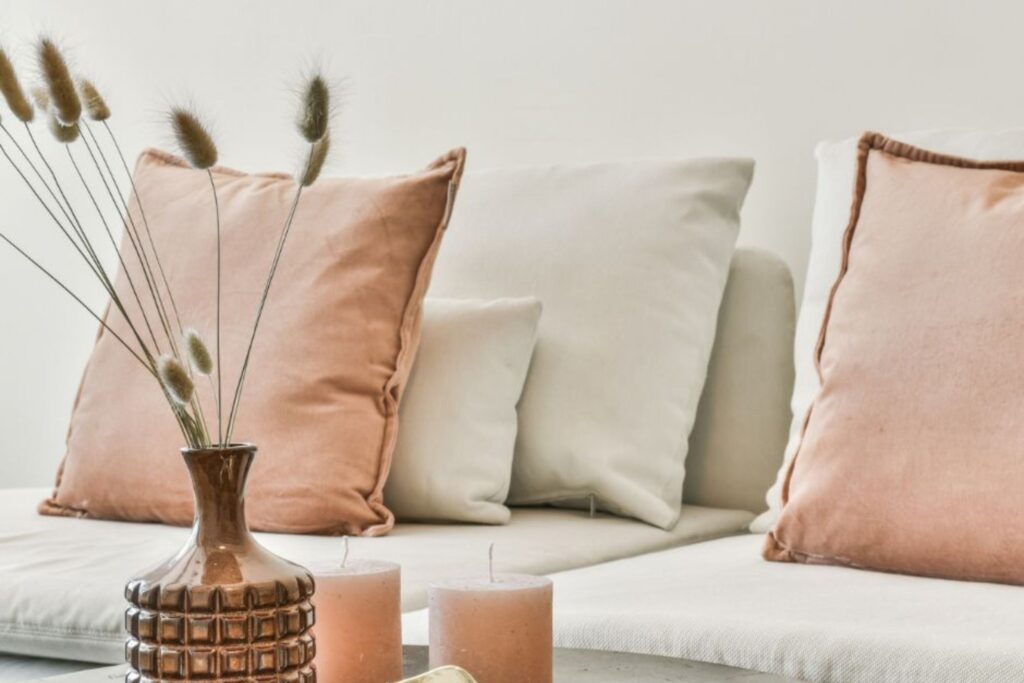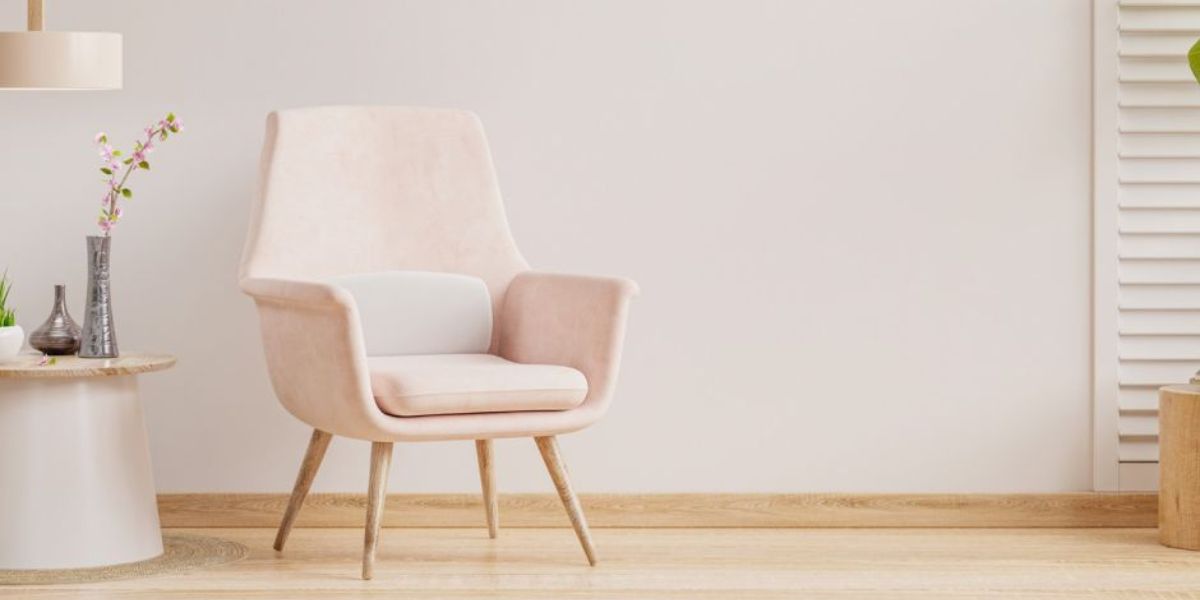How to declutter your home – when you have no idea where to start!
“Picture your dream home. I bet it’s not filled with clutter.”
Joshua Becker
According to the Oxford Dictionary, Clutter is a collection of things lying about in an untidy state.
Simply put, this definition highlights the fact that most of us have regular clutter to deal with on a daily basis: a messy kitchen to clear up after preparing a meal; shoes left lying at the front door; piles of laundry waiting to be put away or ironed; kids’ toys on the floor.
You know what I’m talking about.
It’s a scenario we are all familiar with. None of us like it, but it’s day-to-day life in a busy home and after a quick tidy-up, order is restored.
But what about when clutter is more than that? When it accumulates, gets out of control and starts affecting your ability to live well at home?
You waste time looking for things you can’t find, and waste money buying things you’ve already got. Life is more difficult this way and it’s important to take action before it negatively impacts you on a deeper level and causes overwhelm.
If you’re struggling with clutter and are fed-up living in a mess, this post is for you.
In today’s fast-paced world, you want more than anything to come home to a calm, restful, tidy space that welcomes you with open arms – but somehow maintaining any sort of tidiness seems impossible. Where do you even start?
Let me show you…
I have created 5 easy steps for you to follow that will give you clarity and help you get started on your decluttering journey. That dream home you’ve been thinking about is closer than you think!
Oh, and there’s one very important rule to follow – focus only on your own things. Never declutter anyone else’s stuff! Once they see the difference you are making to your own life, chances are they’ll follow suit.

How to declutter your home – when you have no idea where to start!
Step 1 – Identify the problem
Why is your home cluttered?
It’s a fact – if you keep doing things the same way, you’ll keep getting the same results. To truly be able to declutter your home once and for all, with lasting effect, it requires behaviour and habit change.
If you’ve ever tried to declutter your home and then wondered why it’s back to the way it was in no time, you are not alone!
But there is a simple reason for this…
Clutter is not the problem. Clutter is a symptom of the problem.
No matter how many times you declutter, unless you get to the root cause, it will keep on accumulating.
Clutter can be caused by a whole myriad of reasons and figuring out the problem sometimes takes a bit of soul-searching and self-evaluation.
In some cases, it’s easy to figure out. For others, it involves confronting yourself and recognising behaviour patterns and habits you’d prefer to ignore. Sometimes it’s simply caused by issues with your space and lack of organisation in your home.
Here are some of the most common problems and issues that can cause clutter to accumulate. Maybe something on the list will resonate with you or possibly a combination of two or three…
- buying things you don’t need
- shopping addiction
- you’re drawn to bargains & freebies – even when you don’t need them
- owning ‘collections’
- failing to edit regularly
- keeping things ‘just in case’
- procrastination
- struggling to let things go
- fast-paced life/high-pressure job
- work/life balance out of kilter
- lack of time
- lack of systems and routines
- big life event; new baby, house move
- trauma
- depression
- illness
- bereavement
- health condition
- mobility issues
- lack and scarcity in your past
- hoarding (Hoarding Disorder is a recognised medical condition – if you need help, see HERE)
The good news is, clutter-free living is within reach for everyone who wants it. Identify the problem causing it and you’re halfway there.
Step 2 – Create your vision
There are several ways you can go about decluttering your home but no matter what method you use, it is important before you begin that you have a clear vision in your mind of what you want.
> How do you want your space to look?
> What atmosphere would you like to create?
> What style of decor are you drawn to and which colours do you like?
> How do you want each room to function?
> Who are the people you want to spend time with in your home and how would you like to use the space?
Take some time to sit down and think about it and don’t limit yourself. Tools like Pinterest and home magazines can help you define what you like and inspire you to streamline your possessions and create space. It will also highlight the current issues in your home and give you clarity on what’s working and what’s not.
Keep this vision in your mind and revisit regularly as you go through the decluttering process. It will help keep you on track, prevent random purchases and remind you why you are doing it.
Step 3 – Write down your goals
Get your notebook and take a walk around your home as though you were a visitor. Start at the entranceway and work your way round, jotting things down as you notice them.
Now that you have a vision in your mind of what you want, it will be easy to identify the areas needing attention and help you decide where to start decluttering.
Organise your notes into a list and write down the long term and short term goals you want to achieve. Focus on them daily and take action towards them often. Research shows that writing down your goals will make you 42% more likely to achieve them. Let’s do this!
Step 4 – Prepare and get started
Decluttering an entire home takes a lot of time and effort and if you look at the bigger picture it can feel impossible. However, the journey of a thousand miles begins with one step.
If you want to make a start and avoid getting overwhelmed, begin with small easy projects you can make quick decisions about. Starting small with a drawer, shelf or cupboard may feel less overwhelming than a large space at first.
After that, you may feel ready to tackle one whole room or category at a time. What works for one person might not suit another, it’s a very personal thing. You simply have to believe you can do it, commit to the process, get started and keep the momentum going.
What you’ll need:
- A clear, flat surface such as a table or floor to work on
- Bags, baskets or containers for sorting your items e.g. Keep, Donate, Recycle, Sell, Bin
- Timer (optional)
- Hoover
- Cleaning cloth
- Soapy water or cleaning spray
The declutter:
- Set a timer
- Take it all out
- Dust/wipe the items down
- Clean the empty space
- Sort through the items
- Categorise
- Decide what to keep
- Discard the rest
- Contain and reorganise
10 Questions to ask yourself to make the decision-making process easier:
- Why do I have this?
- Do I need this?
- When was the last time I used it?
- Do I have duplicates or similar items that do the same job?
- What would I use if I didn’t have it?
- Does this fit in with my vision?
- Would I buy this again and would I pay full price?
- Who am I keeping this for?
- Does this make me look and feel my best?
- Does it go with other items I already have?
Top tip – If you focus on what to keep rather than what to get rid of, it makes the process a whole lot easier. Keep the things that add value to your life and let go of the rest. You’ll be amazed how addictive it can be once you get started. You’ll not want to stop!
Step 5 – Keep going and make it a regular habit
Decluttering is a process.
Once you start, you’ll find one thing leads to another as you move around your home. The good thing is it gets easier and quicker the more you do it. Less is more. The less stuff you have, the easier your home is to care for and clean. And when you realise you don’t miss those things you got rid of, it will spur you on to do even more.
Look at decluttering as a practice rather than a destination.
It’s not something you will do once, achieve it and stop. There will always be new things coming into your home on a regular basis like food, toiletries and clothes, so editing will always be required if you are to keep on top of it and maintain a tidy, clutter-free home.
Slow down your spending and be mindful of what you allow into your home and it will prevent clutter accumulating again for the long term.
“Your home is a living space, not a storage space.”
Francine Jay
It’s time to start living and enjoying your home again!
Where will you begin?

